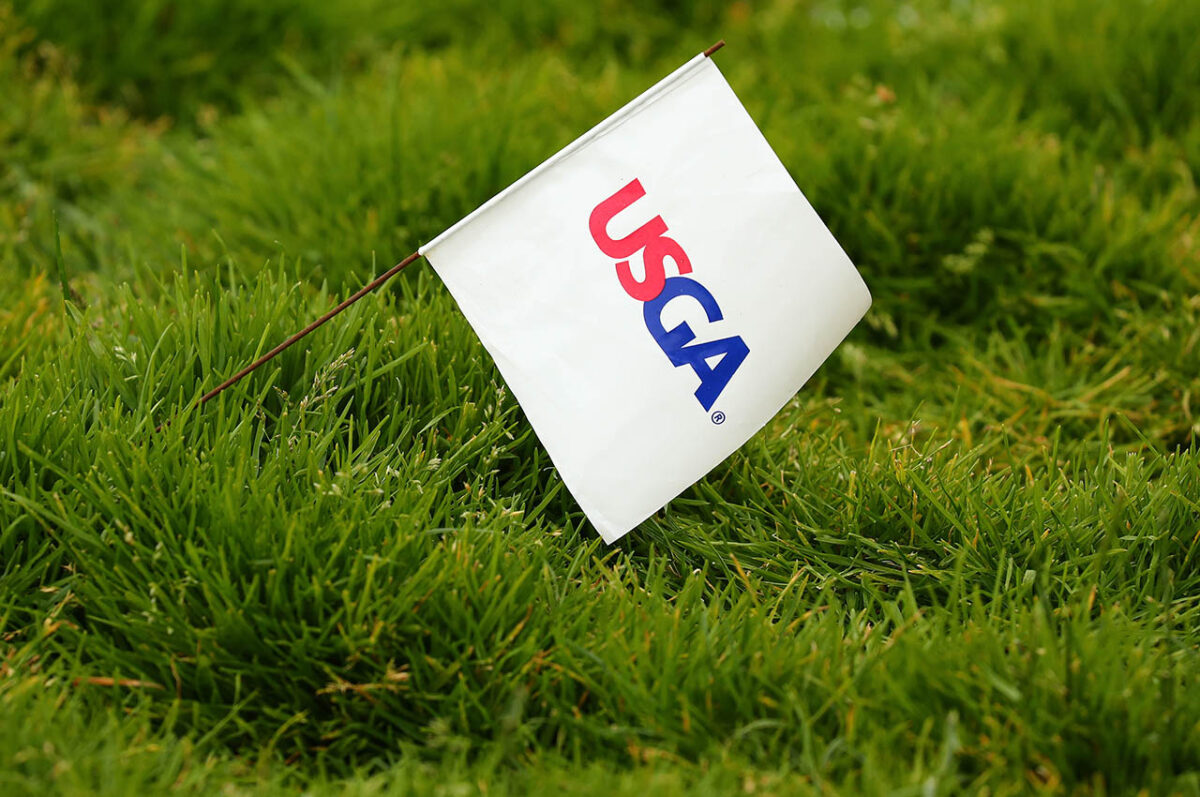[mm-video type=video id=01gwjs17s25ksqkzwh5r playlist_id=none player_id=01evcfxp4q8949fs1e image=https://images2.minutemediacdn.com/image/upload/video/thumbnail/mmplus/01gwjs17s25ksqkzwh5r/01gwjs17s25ksqkzwh5r-ae686529a621020f95106b70ff5c7279.jpg]
Golf ball testing has become one of the hottest topics in the sport since the USGA and R&A proposed a new Model Local Rule that, if enacted, might force elite players to use golf balls that won’t go as far as balls currently on the market.
Some see this move as potentially bifurcating the game by forcing the best players to use different equipment than recreational golfers. Others see it as a long overdue move that would rein in distance for the strongest professionals while not affecting recreational golfers – the vast majority of players.
Golf’s governing bodies are in a comment period in which stakeholders such as golf equipment companies, professional tours, golf course operators and others can provide feedback on the proposed Model Local Rule. So far, equipment companies such as Titleist, TaylorMade and Bridgestone have voiced displeasure and skepticism, noting that a fundamental part of golf is that everyone plays the same course and is governed by the same rules, including equipment rules.
That concept, to some, is a unifying trait, but the USGA, R&A and the Model Local Rule’s supporters see it as a way to keep historically significant courses playable for championship-level events. They want to keep shotmaking in the game and reduce the need for courses to be lengthened, which would cost course operators money and have a greater environmental impact.
Most golfers don’t know how golf balls are tested, but understanding the process can help you understand the proposed Model Local Rule and how it could affect elite golfers. Here is how it works.

